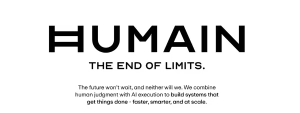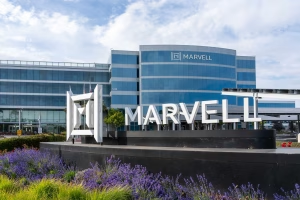Royal Air Maroc: A Key Player in African Aviation
Royal Air Maroc (RAM), Morocco’s national airline, was established in July 1953 through the merger of Compagnie Chérifienne de l’Air (Air Atlas) and Compagnie Chérifienne de Transports Aériens Air Maroc. The name Royal Air Maroc was adopted on June 28, 1957, shortly after Morocco gained independence in 1956. The airline commenced Hajj flights in 1957, solidifying its role as a key link between Africa and international destinations. Over the years, the airline has expanded its network to more than 134 routes across 45 countries, reinforcing its status as a major African carrier. Committed to enhancing the passenger experience, RAM has consistently embraced innovation—both in service and marketing strategies—to strengthen Morocco’s presence on the global stage.
Royal Air Maroc (RAM) has been named Best Airline in Africa for the second consecutive year at the 21st GT Tested Reader Survey Awards by Global Traveler. This recognition underscores RAM’s ongoing commitment to enhancing customer experience and strengthening Africa’s global air connectivity.
A New Take on Safety Videos: Cultural Storytelling in the Sky
Royal Air Maroc has reimagined the traditional airline safety video, transforming it into a visually stunning and emotionally engaging cinematic experience. Blending essential safety instructions with a breathtaking journey through Morocco’s most iconic cities—Rabat, Marrakech, Dakhla, Chefchaouen, and Fez—the video invites passengers to explore the country’s diverse landscapes and rich cultural heritage.
Each city is masterfully captured, not only for its beauty but also for its symbolic connection to Moroccan identity: from the historic medina of Rabat and the vibrant souks of Marrakech, to the serene coastal dunes of Dakhla, the blue-washed charm of Chefchaouen, and the ancient craftsmanship of Fez. Traditional Moroccan arts—such as zellige tilework, carpet weaving, and leather-making—are interwoven throughout the film, celebrating the country’s artisanal legacy.
Featuring Royal Air Maroc’s own flight crew, the video adds a personal, authentic touch that reinforces the airline’s values of hospitality, cultural pride, and national representation. More than just an instructional tool, it serves as an invitation to discover Morocco—turning every RAM flight into an immersive journey and a powerful extension of the country’s tourism appeal.
This bold creative direction exemplifies how even the most functional airline content can become a platform for cultural storytelling, enhancing brand identity while captivating and informing global travelers.
Morocco: A Rising Star in Global Tourism
Morocco’s tourism sector has continued its impressive growth trajectory into 2025, building upon the record-breaking achievements of the previous year. In January 2025, the country welcomed 1.2 million tourists, marking a 27% increase compared to January 2024 and surpassing the symbolic one million visitor threshold for the first time in that month. This momentum carried into February, with approximately 1.4 million arrivals, reflecting a 22% year-on-year increase. Cumulatively, by the end of February 2025, Morocco had attracted around 2.7 million tourists, representing a 24% rise over the same period in 2024.
These figures underscore Morocco’s growing appeal as a year-round destination, offering diverse experiences that attract both international visitors and Moroccans residing abroad. The sustained growth is attributed to strategic initiatives focusing on enhancing the tourist experience, expanding air connectivity, and promoting the country’s rich cultural and natural heritage. With such a strong start to 2025, Morocco is well on its way to achieving its ambitious goal of welcoming 26 million tourists annually by 2030, coinciding with its role as a co-host for the FIFA World Cup that year.
Its popularity stems from an ability to offer something for every type of traveler. Some of the country’s most renowned attractions include:
- Marrakech’s Medina: A UNESCO World Heritage site teeming with lively souks, palaces, and gardens.
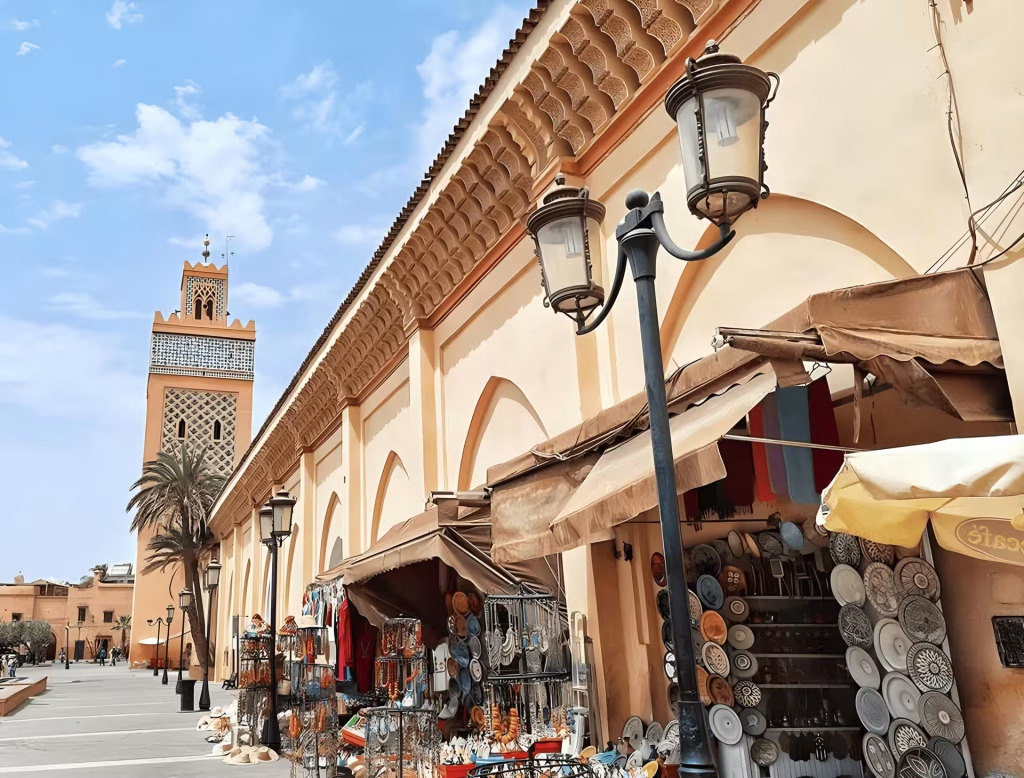
- Chefchaouen: The famed ‘Blue City’ nestled in the Rif Mountains, known for its striking blue-painted streets and artisan crafts.

- Tangier: A cosmopolitan port city where Mediterranean and Atlantic influences merge, offering stunning coastal views, vibrant markets, and a rich literary and artistic history.
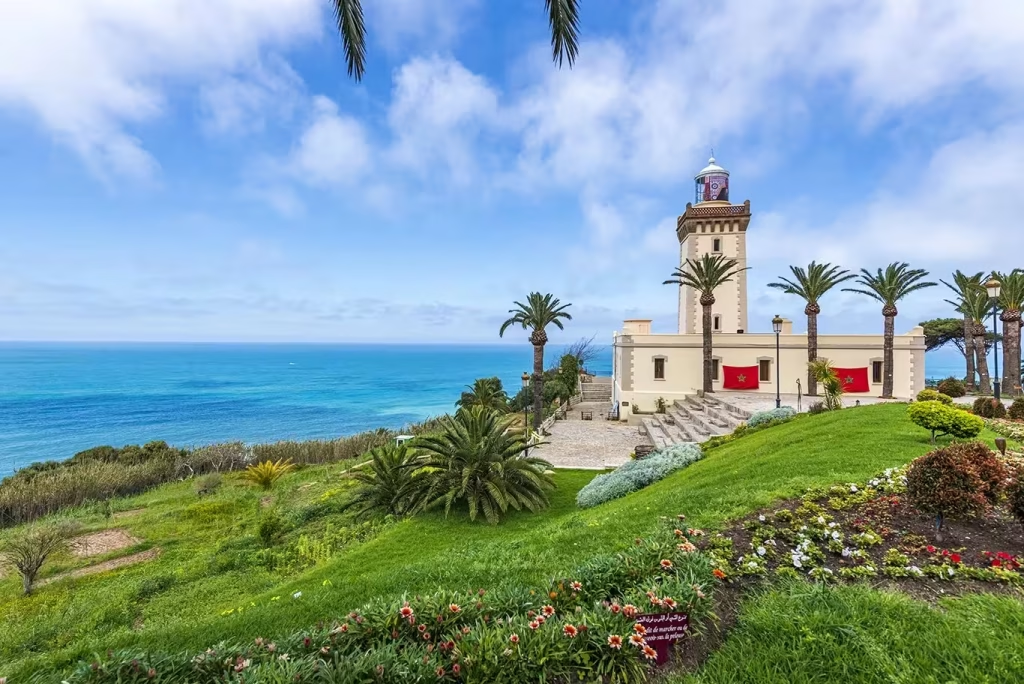
- Sahara Desert: A breathtaking destination for camel trekking, luxury desert camps, and mesmerizing golden dunes.
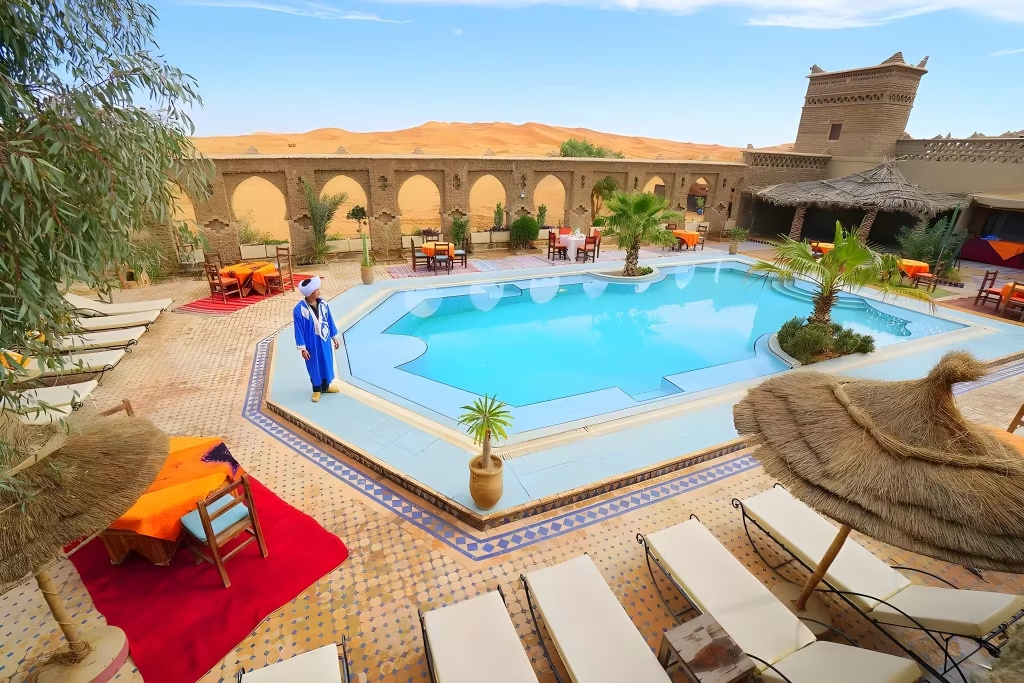
- Fez’s Historic District: Home to the world’s oldest university, Al Quaraouiyine, and stunning medieval architecture.
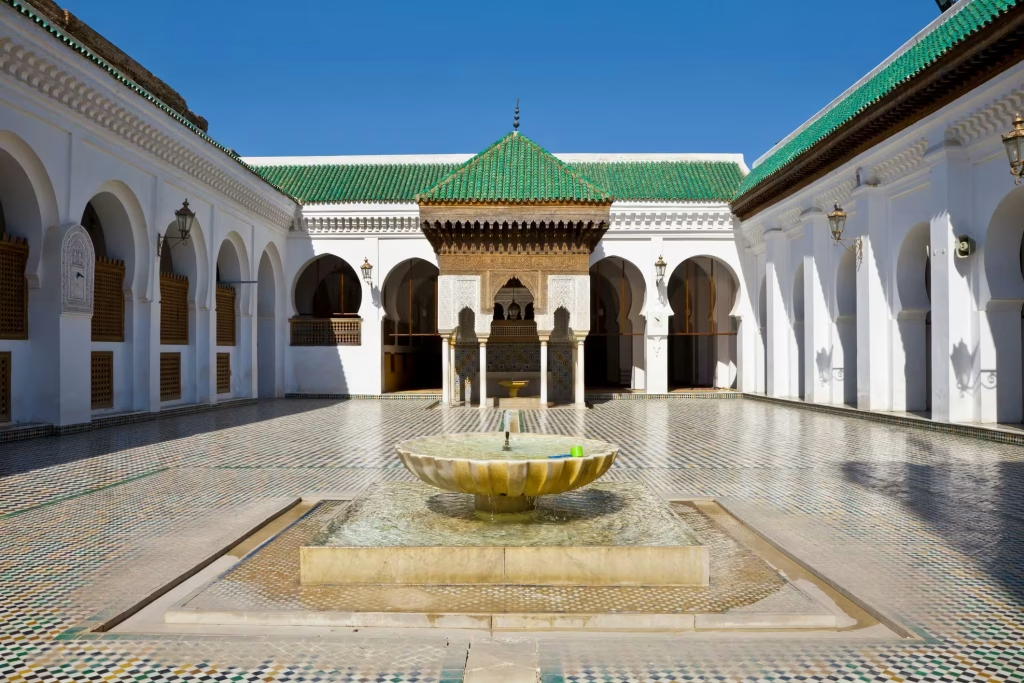
- Dakhla: A paradise for kitesurfing and water sports, set between the Atlantic Ocean and a serene desert lagoon.
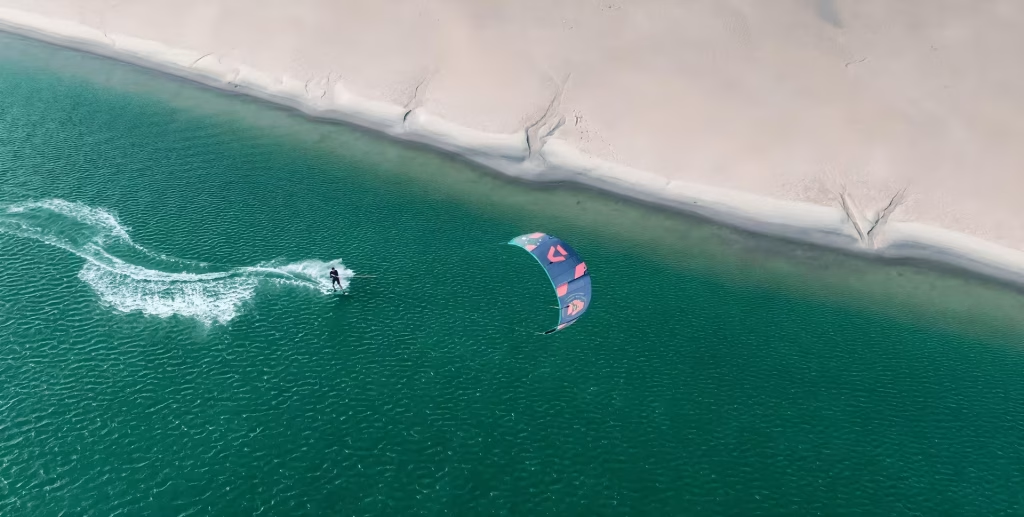
- Casablanca’s Hassan II Mosque: A marvel of Islamic architecture with one of the tallest minarets in the world.
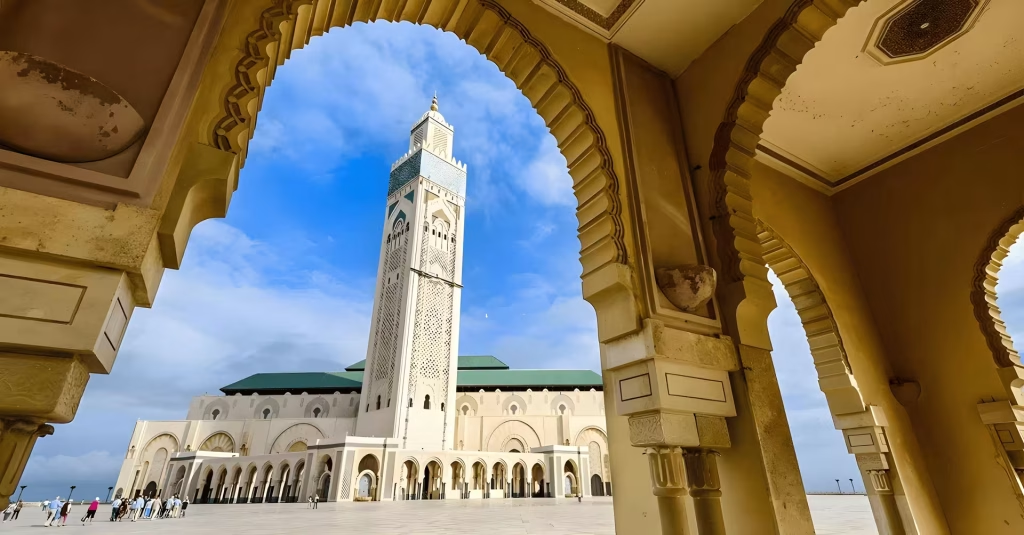
- Agadir: A coastal gem known for its sandy beaches, modern resorts, and a scenic seaside promenade.
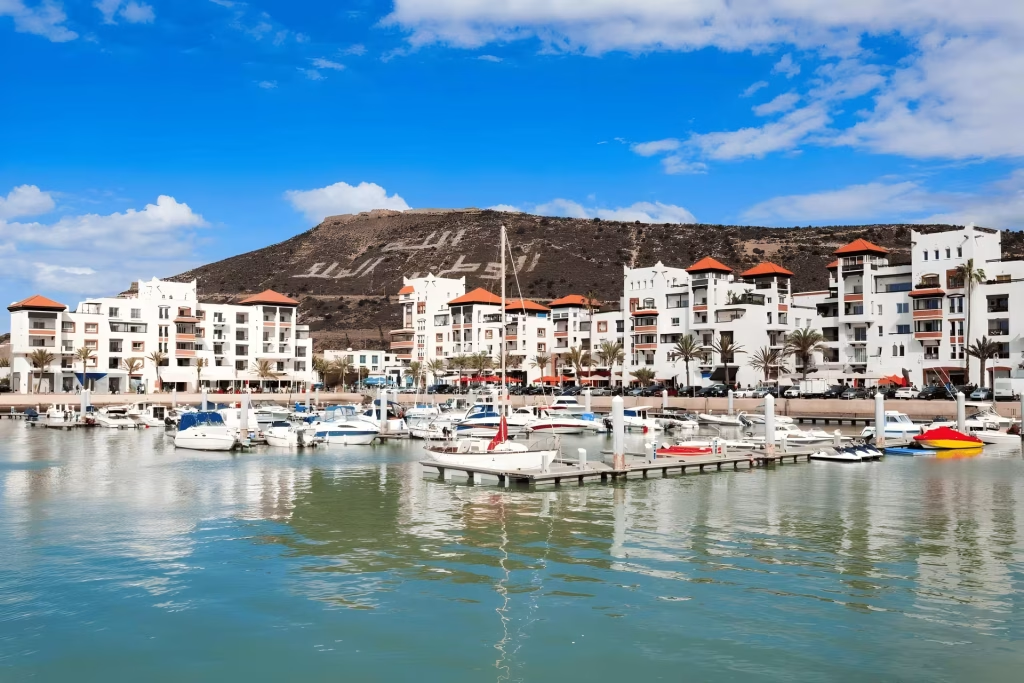
- Essaouira: A charming port city with historic ramparts, fresh seafood, and a vibrant arts and music scene.

Beyond landmarks, Morocco’s rich culinary scene—featuring dishes like tagine, couscous, and pastilla—along with its thriving handicraft industry, make it a deeply immersive travel destination. Whether exploring bustling souks, enjoying the hospitality of riads, or admiring centuries-old traditions, visitors find Morocco to be an unforgettable experience. Additionally, the country’s traditional clothing, such as the elegant kaftan and the versatile djellaba, reflects a heritage of craftsmanship and cultural pride. Visitors can also indulge in the Moroccan tea culture, where the ritual of serving mint tea symbolizes hospitality and community.
A Marketing Triumph: AI-Driven Innovations at Royal Air Maroc
1. Generative AI for Dynamic Pricing
In a significant move to modernize its revenue management, RAM partnered with Fetcherr to implement a Generative Pricing Engine (GPE). This AI-powered system utilizes market dynamics to adjust fares in real-time, optimizing pricing strategies and inventory management. The collaboration emerged from RAM’s Digital Open Innovation Program, highlighting the airline’s commitment to embracing cutting-edge technologies for operational excellence.
2. AI-Powered Customer Support via WhatsApp
RAM introduced a WhatsApp-based chatbot service, becoming one of the first African airlines to offer such a feature. This AI-driven chatbot provides passengers with instant access to flight information, booking details, baggage tracking, and more, directly through the WhatsApp platform, enhancing customer engagement and support.
3. Personalized Travel Experiences with AI
Collaborating with Globaleur, RAM enhanced its digital platforms by integrating AI-driven personalized travel content. This initiative offers passengers tailored recommendations for tours and activities at their destinations, enriching the travel experience and providing added value through customized suggestions.
4. Predictive Maintenance and Operational Efficiency
RAM Express, a subsidiary of Royal Air Maroc, employs AI algorithms to monitor aircraft performance in real-time. By analyzing data such as engine temperature and vibration levels, the system predicts maintenance needs, reducing downtime and ensuring safety. Additionally, AI supports crew training and decision-making processes, further enhancing operational efficiency.
More Than Just a Flight, A Journey into Morocco’s Soul
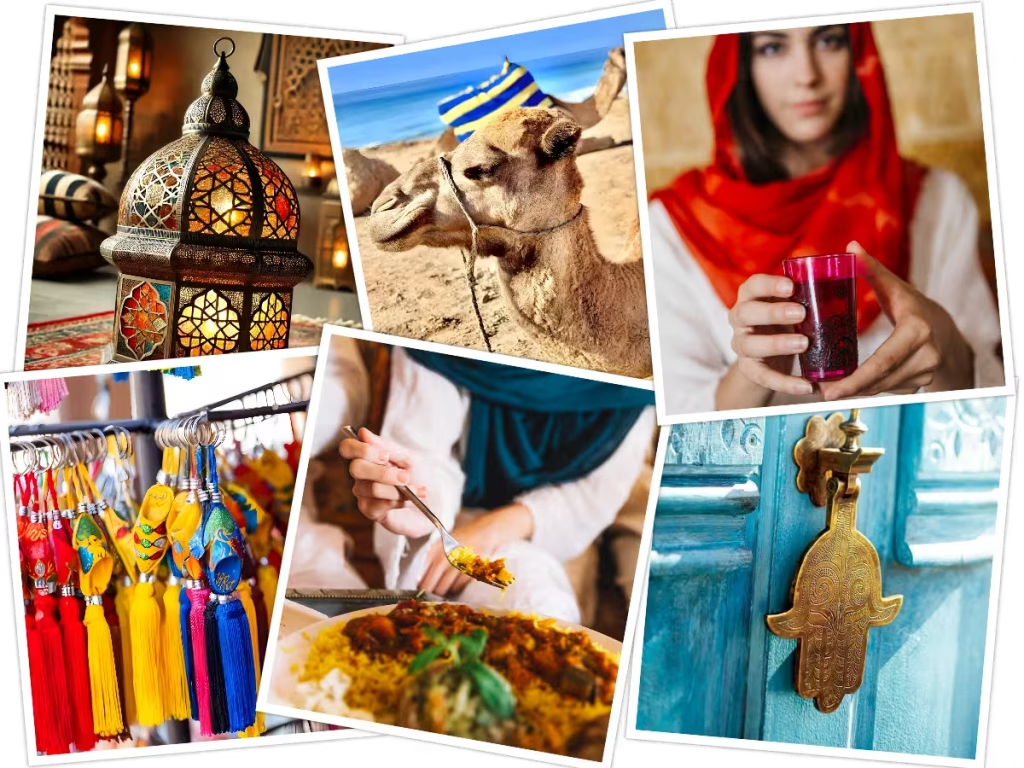
Royal Air Maroc’s latest initiative is a testament to how airlines can rethink traditional communication methods to create meaningful and engaging content. By blending essential safety information with an authentic celebration of Moroccan identity, RAM has successfully crafted a marketing masterpiece that both informs and inspires. This pioneering approach highlights the power of creative branding in aviation, proving that even the most functional content can become an opportunity for cultural storytelling and tourism promotion.






